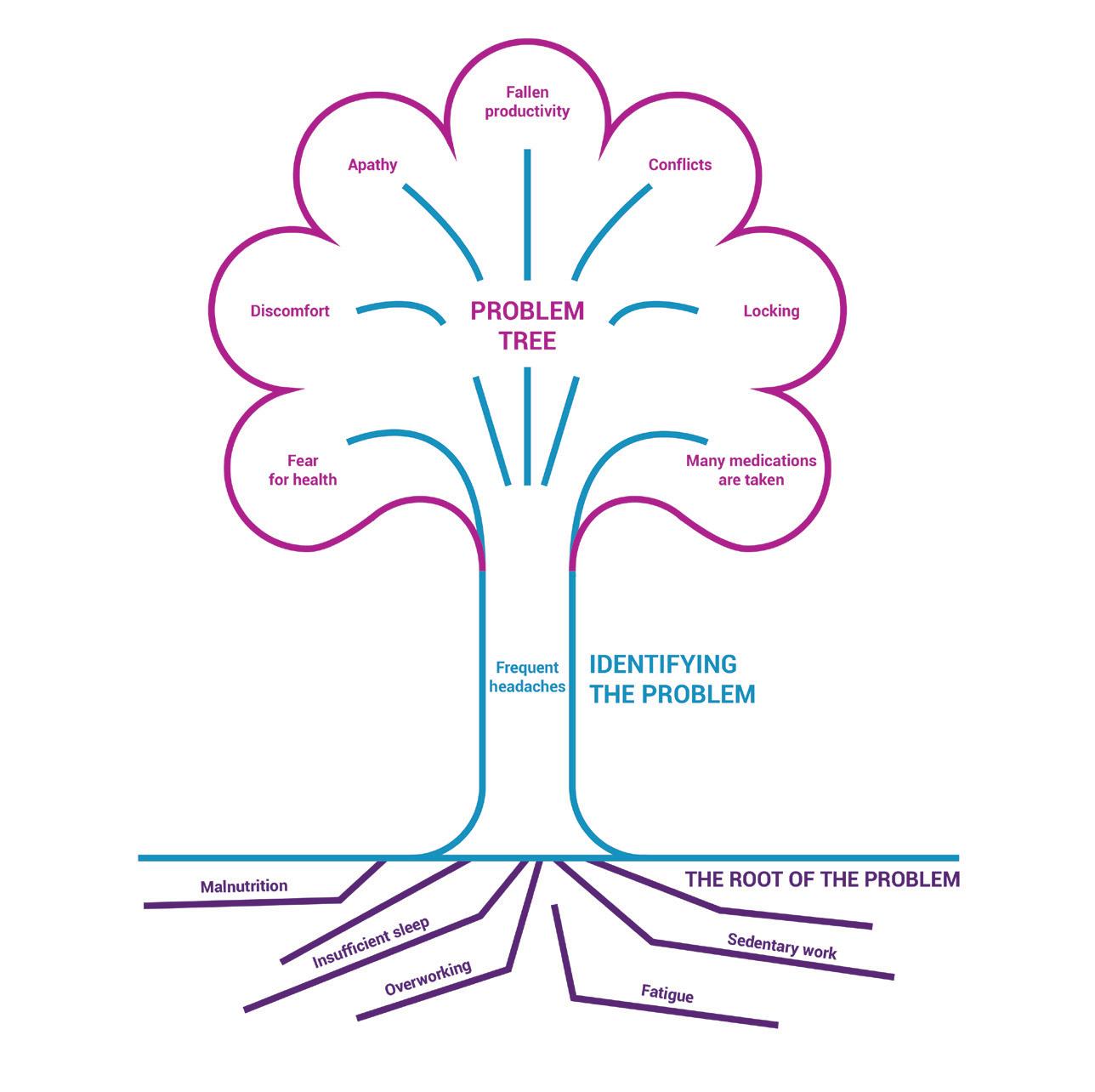MODULE: Business fundamentals SUBJECT TITLE: How does a business start? Nadzeya Putsiata
Subject title
Purpose of the activity
Duration
Location and tools Number of participants
How does a business start? The aim of the session is to encourage participants to take a creative look at the business idea development process, to generate activity ideas and to employ their hobbies.
3–4 hours.
Chairs, projector, flip chart, writing tools, large paper sheets, magazines, scissors, glue, pencils, crayons, felt-tip pens.
10–30 participants.
At the beginning of the session, the group of participants is given two short tasks, during which the whole group is invited to participate in the discussion. Task no. 1: “Recognize an entrepreneur according to a photo” Pick some photos of famous entrepreneurs and invite participants to tell what personalities are pictured in these photos, to tell the life stories of these entrepreneurs and how their businesses work. Acquaintance/ team building methods
Task no. 2: “Employment of favourite activities” Participants are invited to write on a piece of paper all the activities they can engage in with pleasure for many hours a day. These can be hobbies, leisure activities, learning areas. Approximately five minutes after completing this task, participants are invited to review their list again and write next to each activity how it could become profitable. For example, if the participant likes to sew, he/she can start providing sewing services, if the participant is interested in fitness, his/her activity has the potential to grow into a sports club. Practice shows that most of the favourite activities of people have the potential and tendency to become the start of a profitable business or individual activity. After completing the task individually, participants are invited to group in pairs and present to each other what they have written.
Practical tasks
End of session reflection methods
142
Participants are invited to submit their answers for each of the points in the theoretical part described above and for the four tasks described. Participants can perform these tasks individually or in groups, depending on their own needs. After completing the task, participants are invited to present it to the whole group of participants and to participate in the discussion together.
Participants are invited to publicly share their work, present their creatively portrayed and described potential client, as well as share their impressions during the session.










